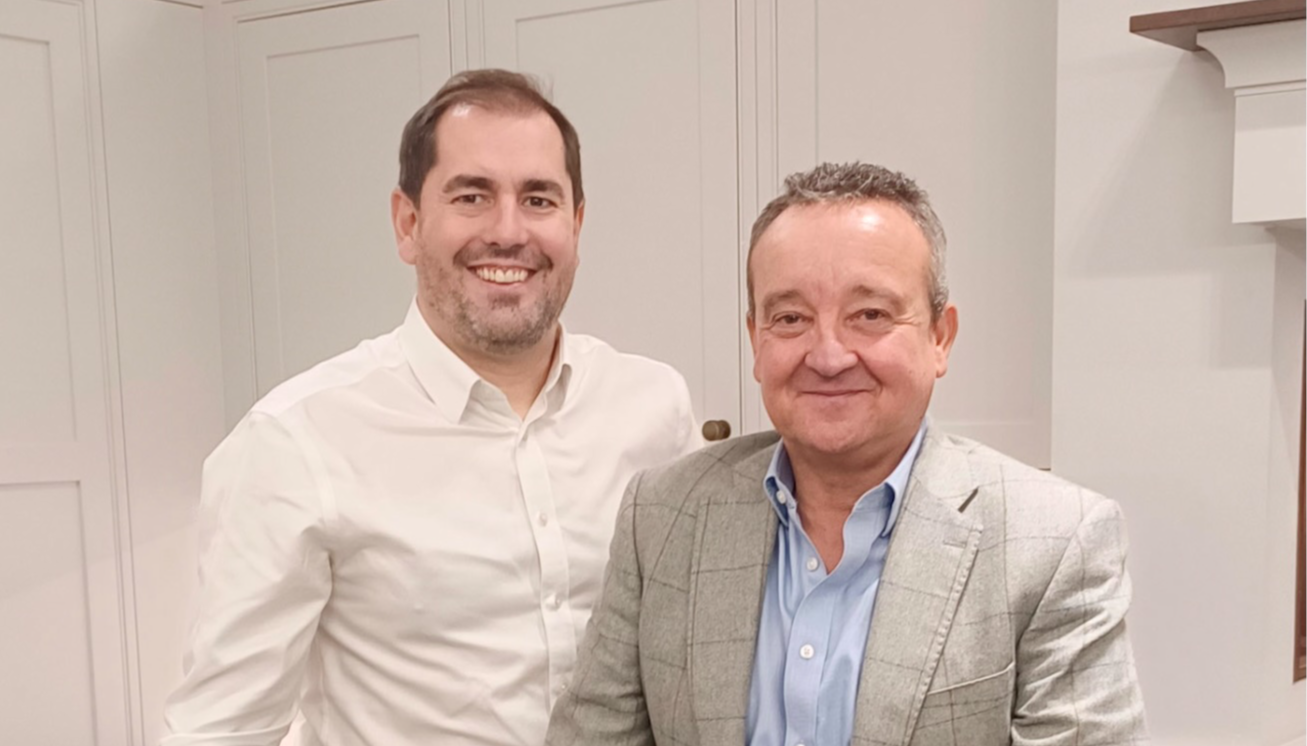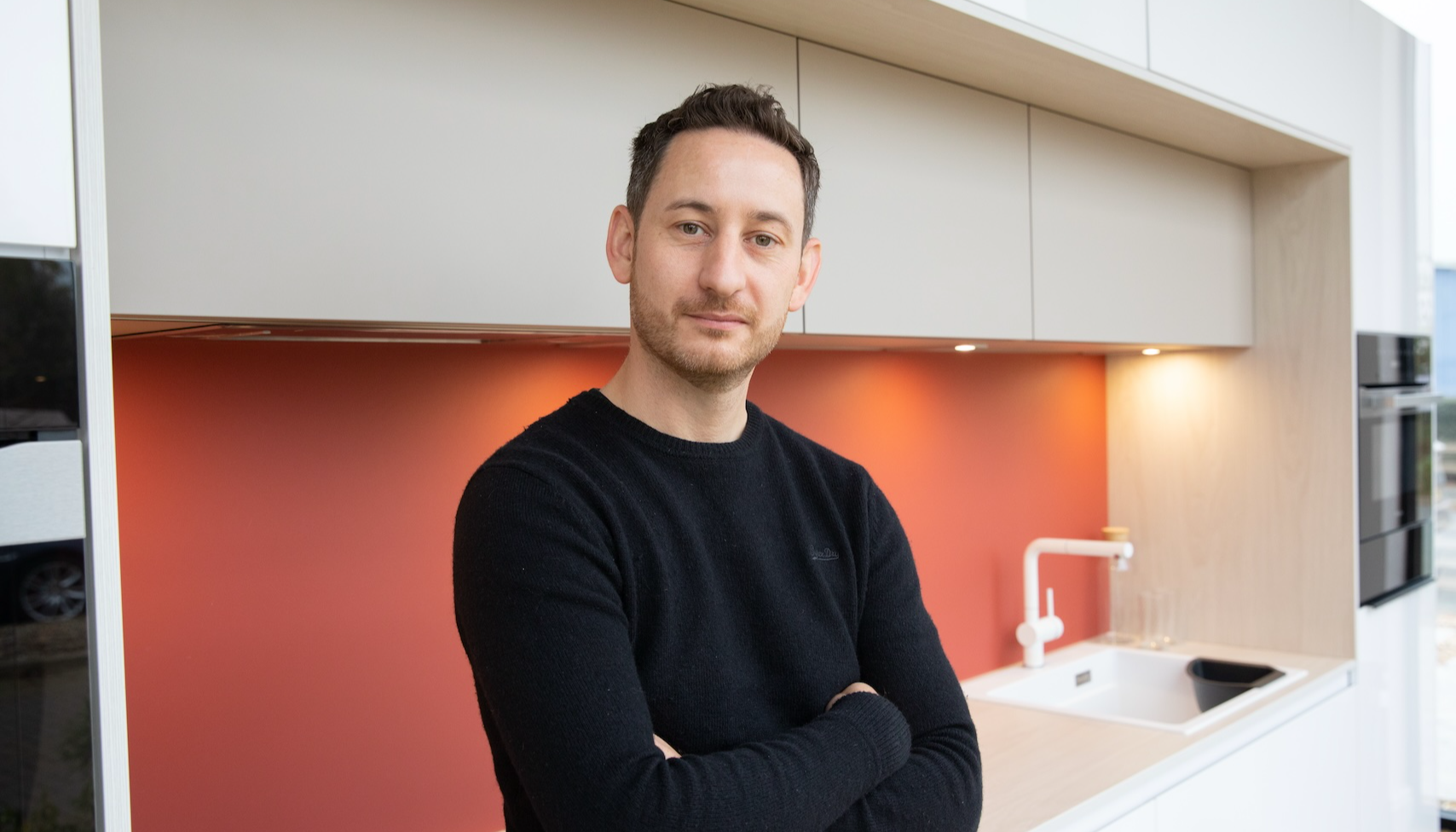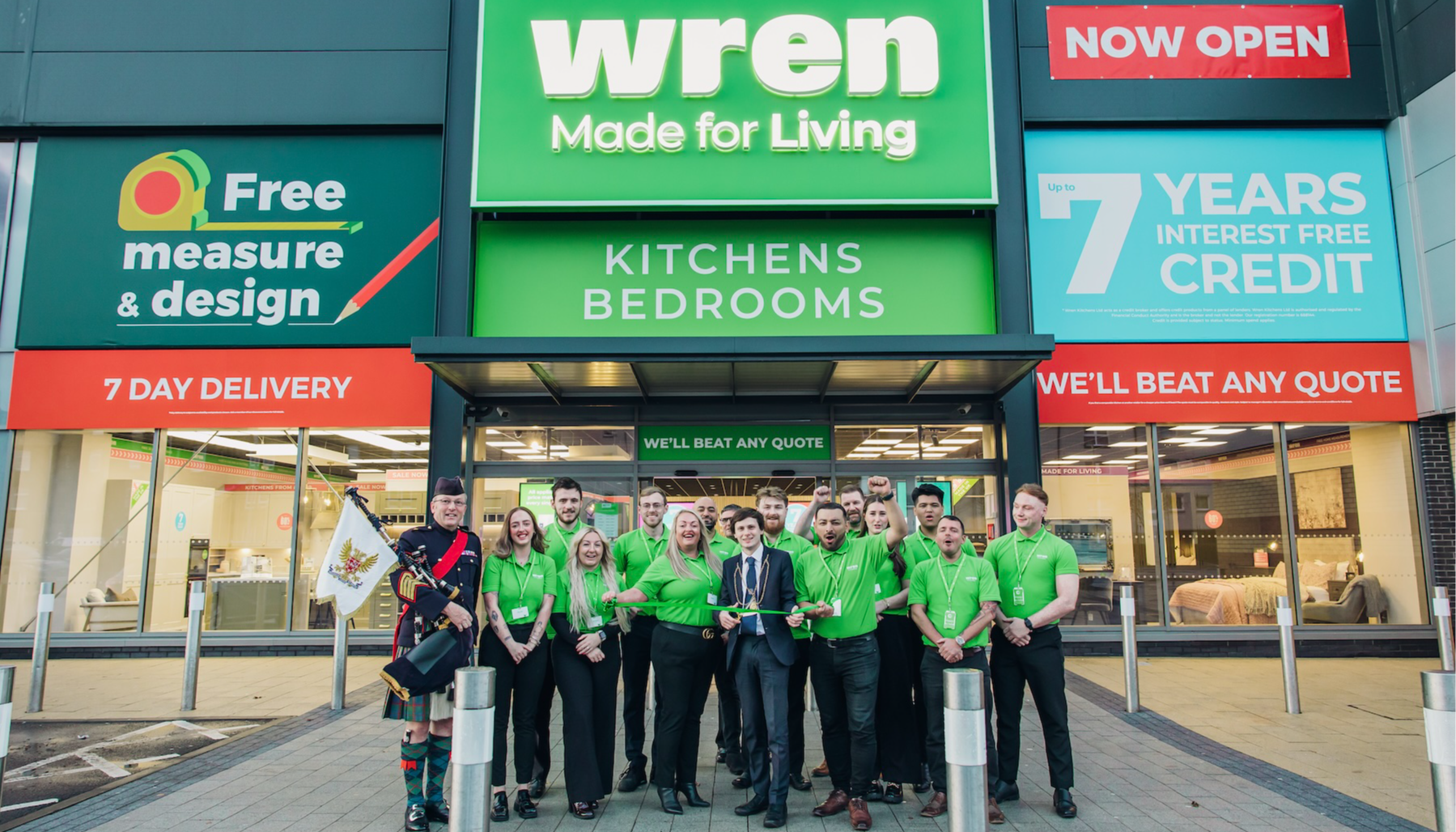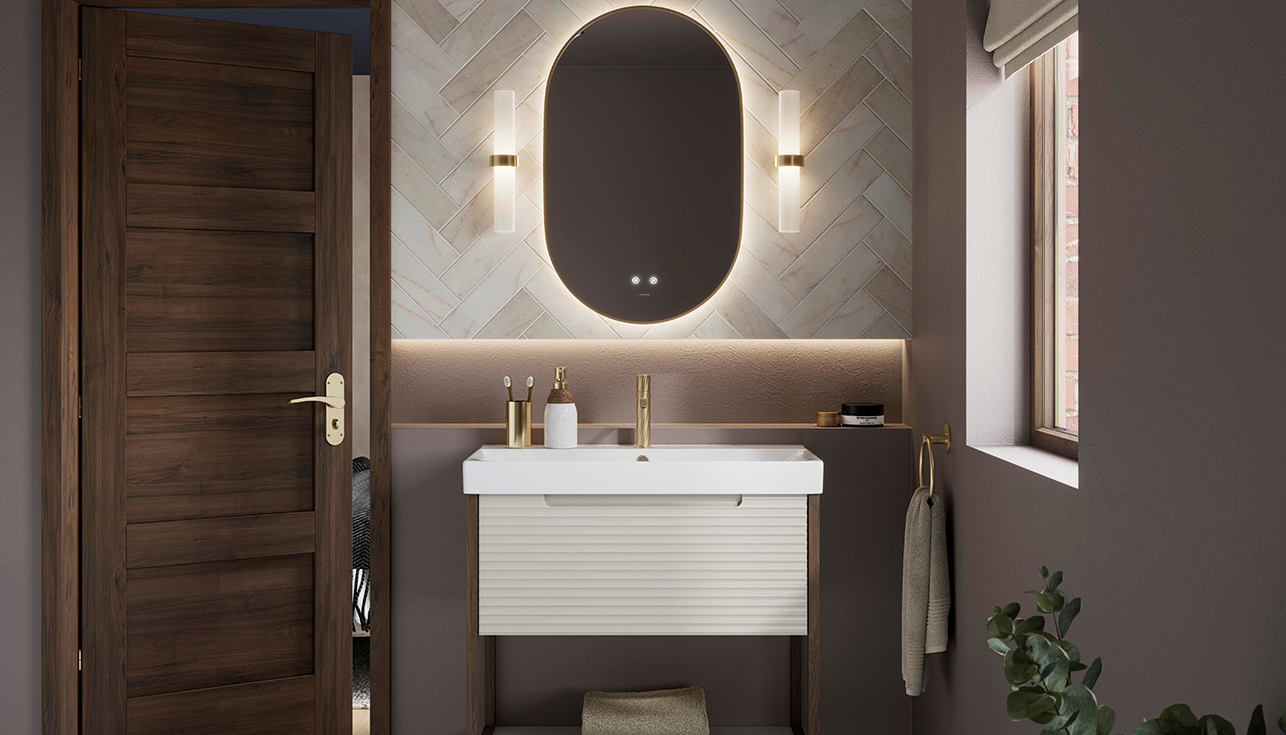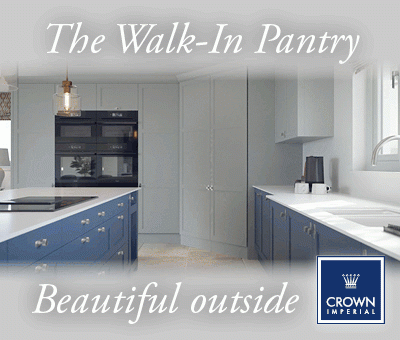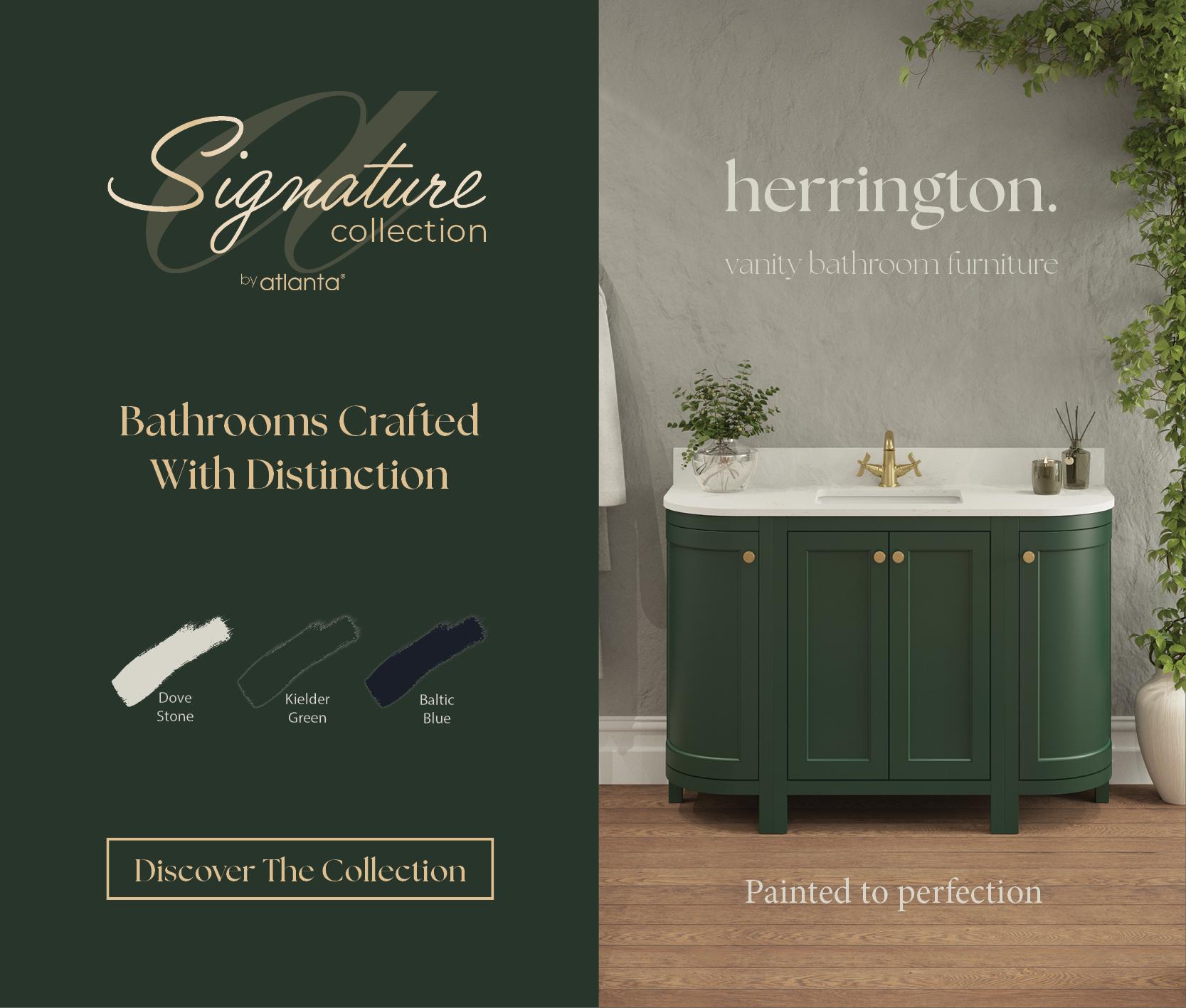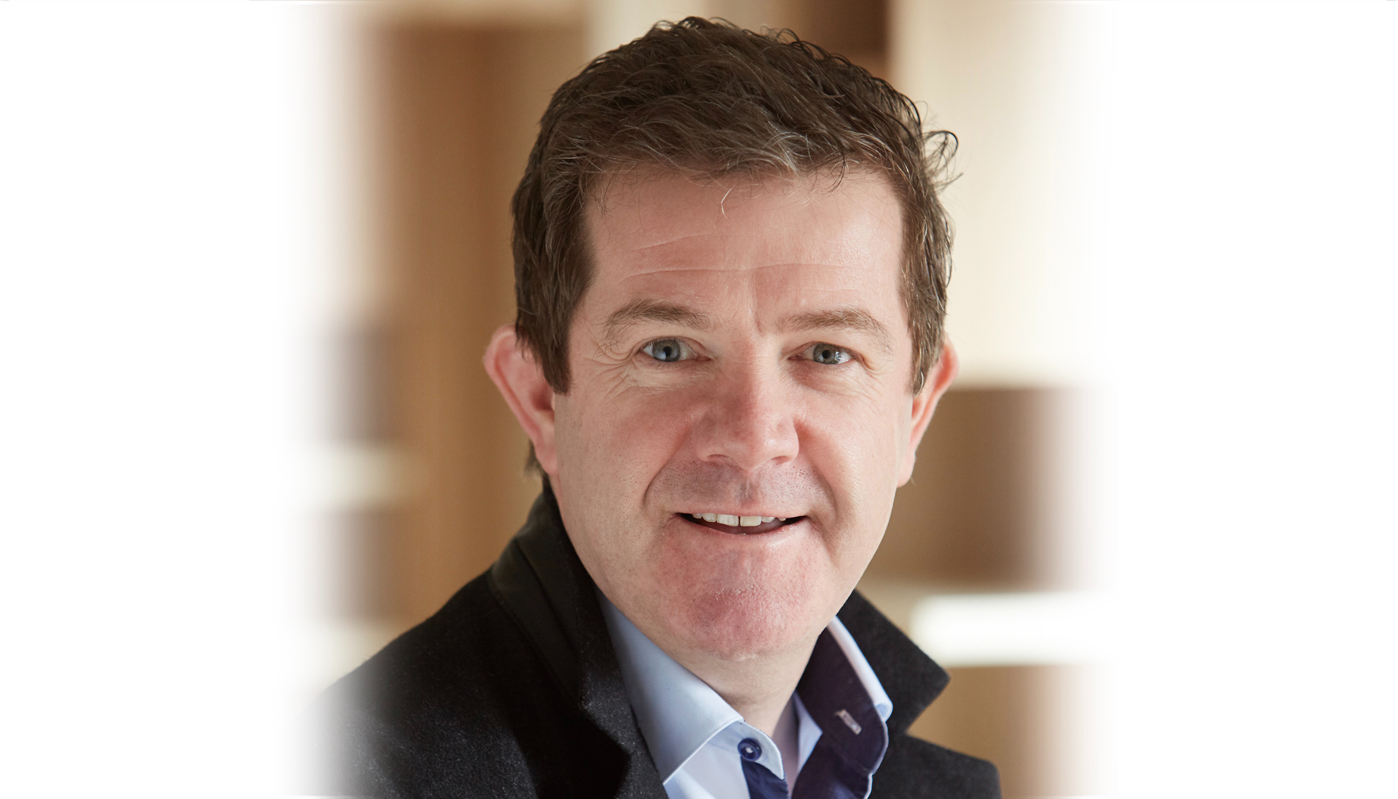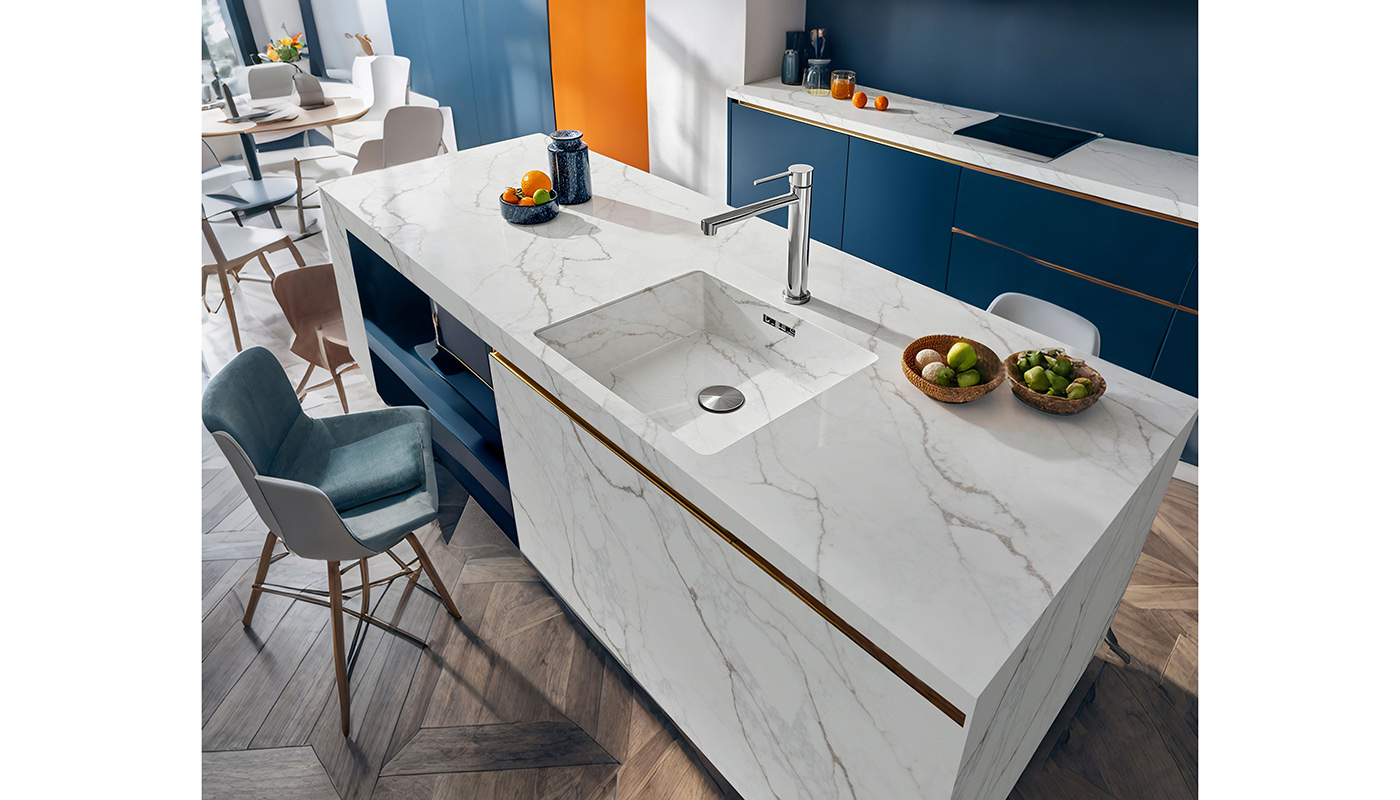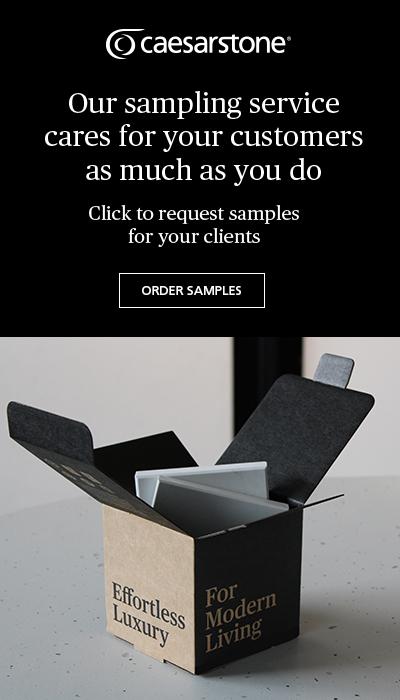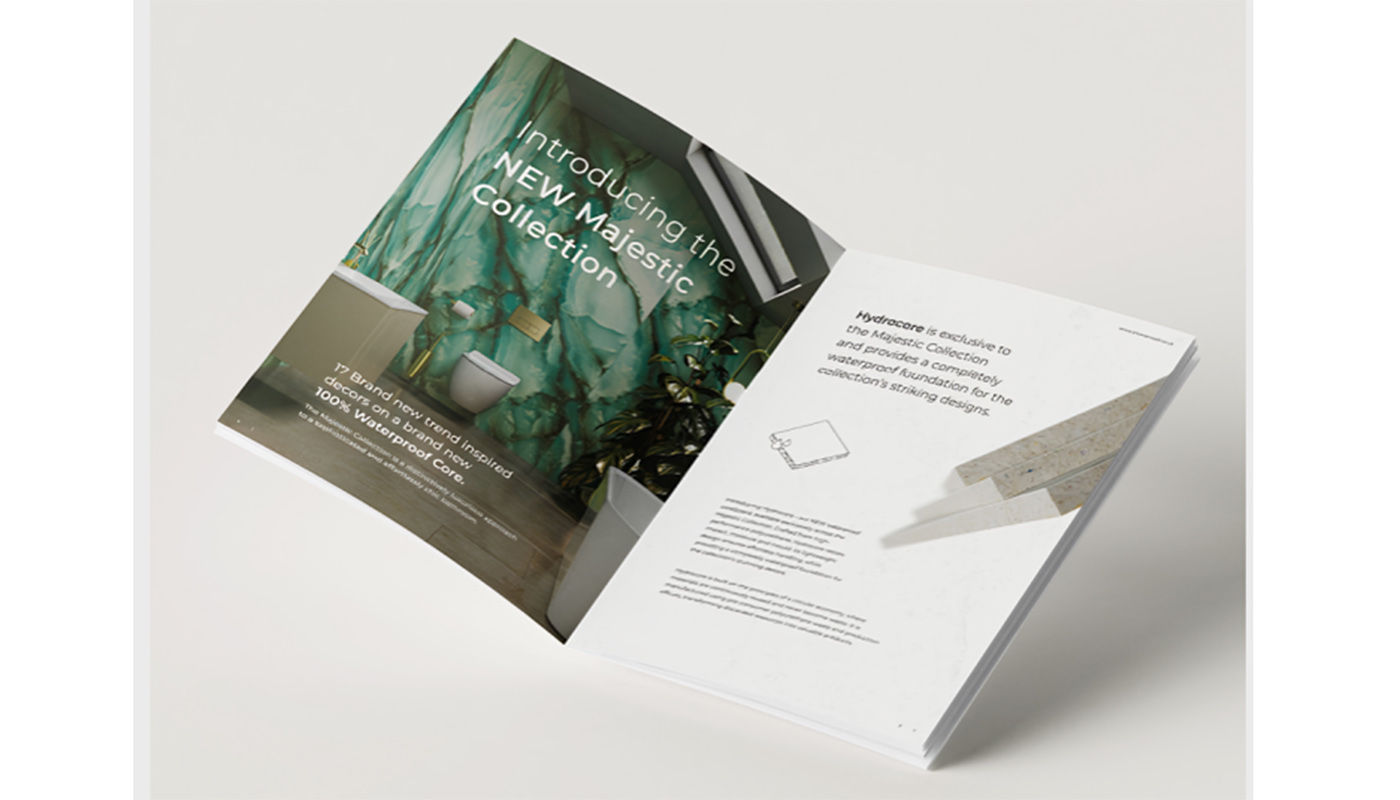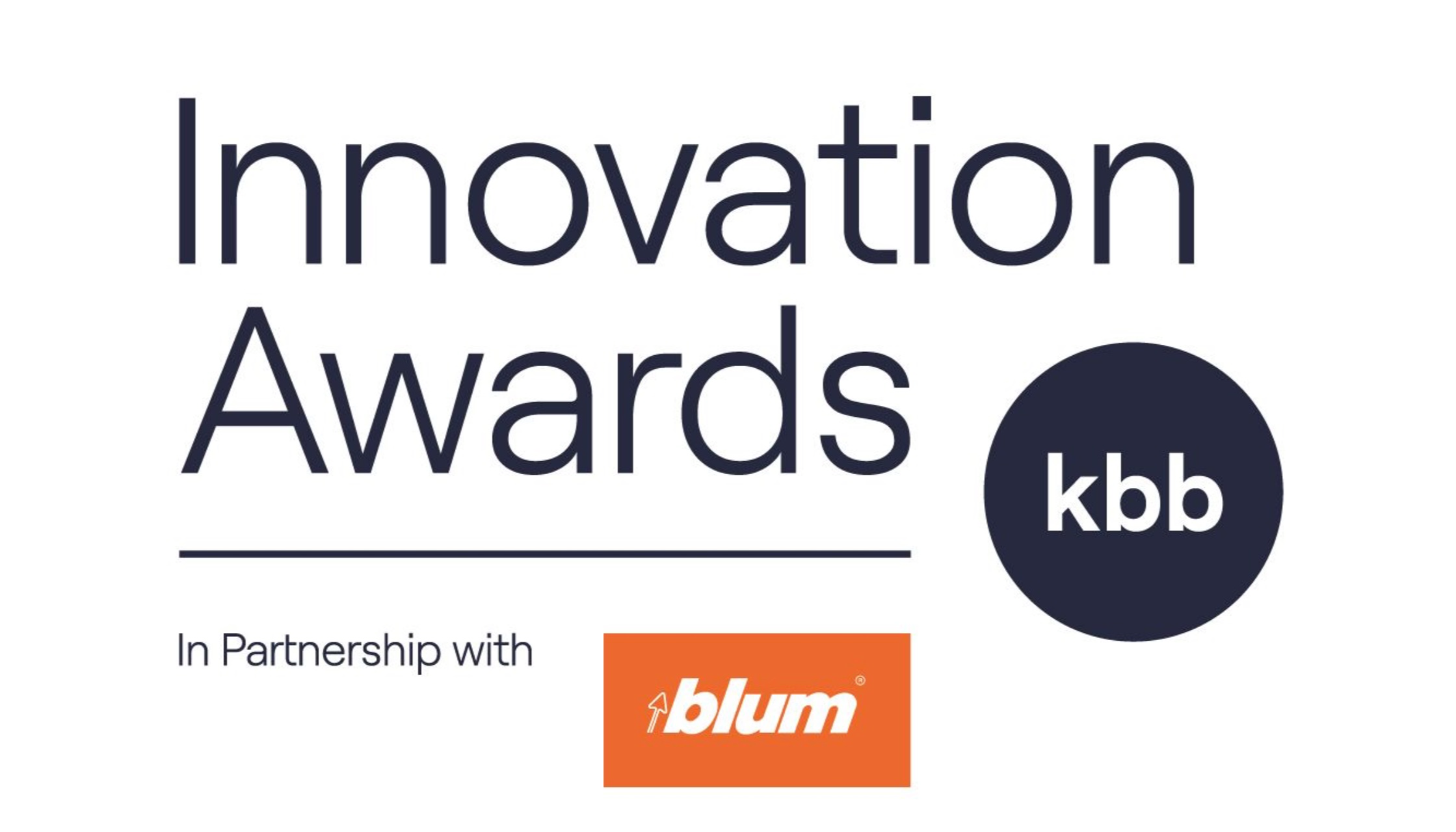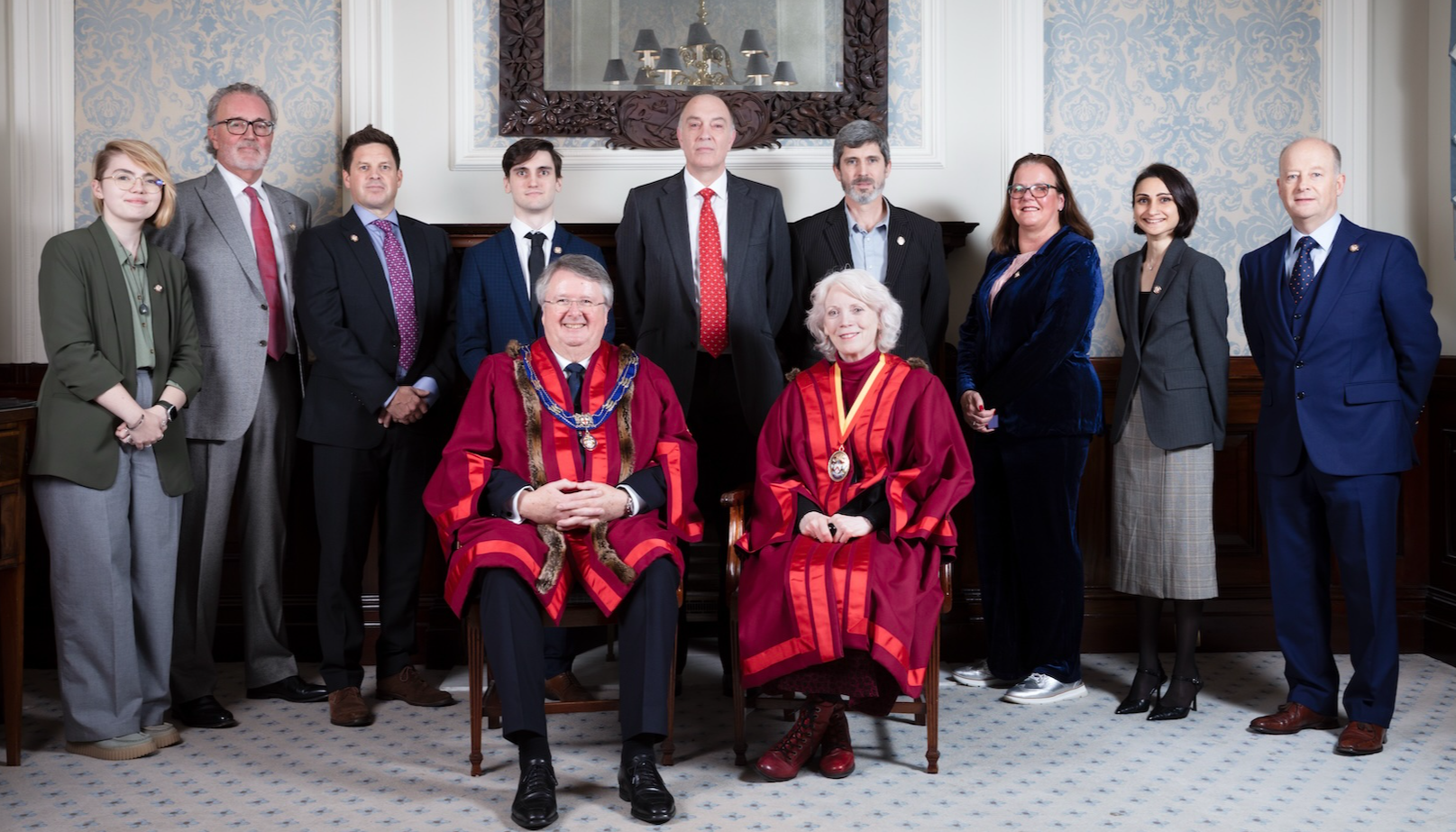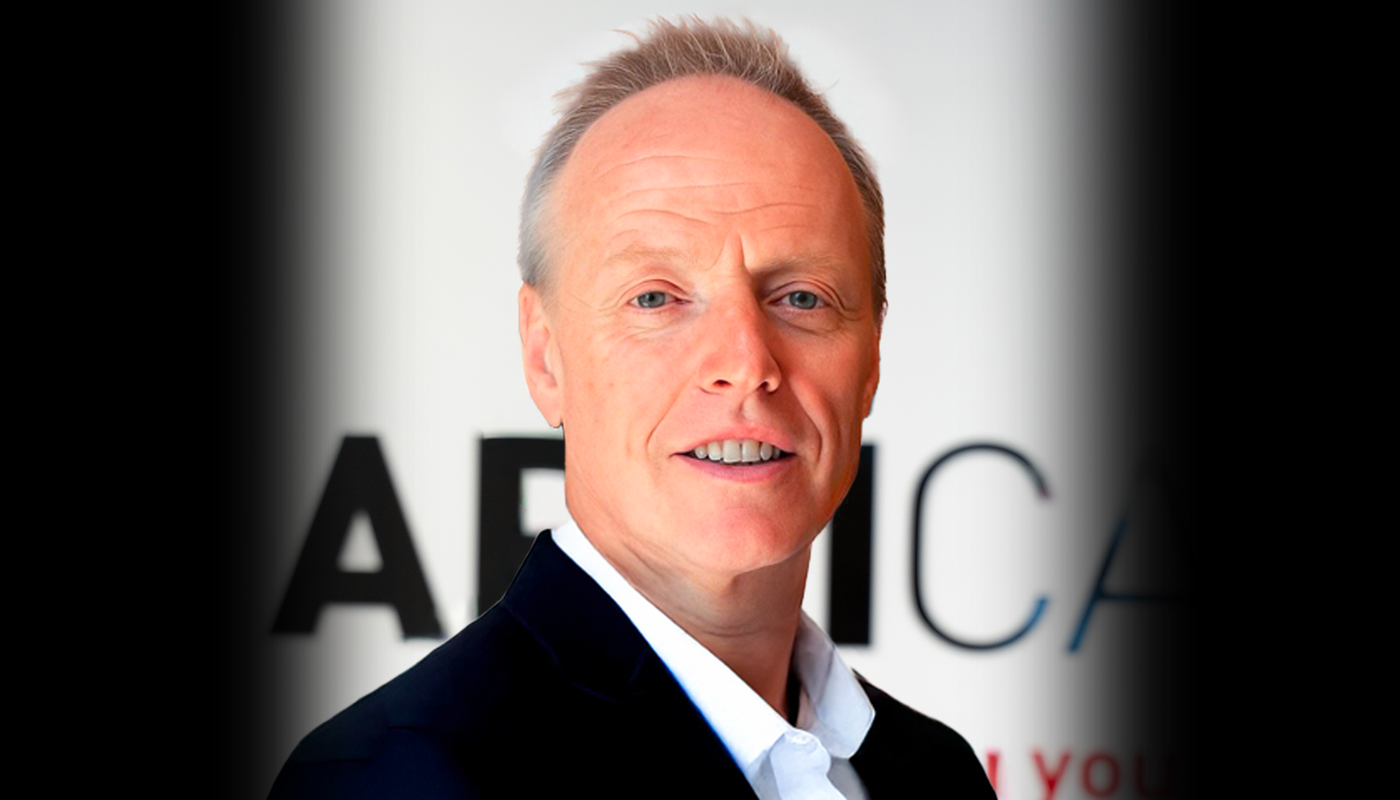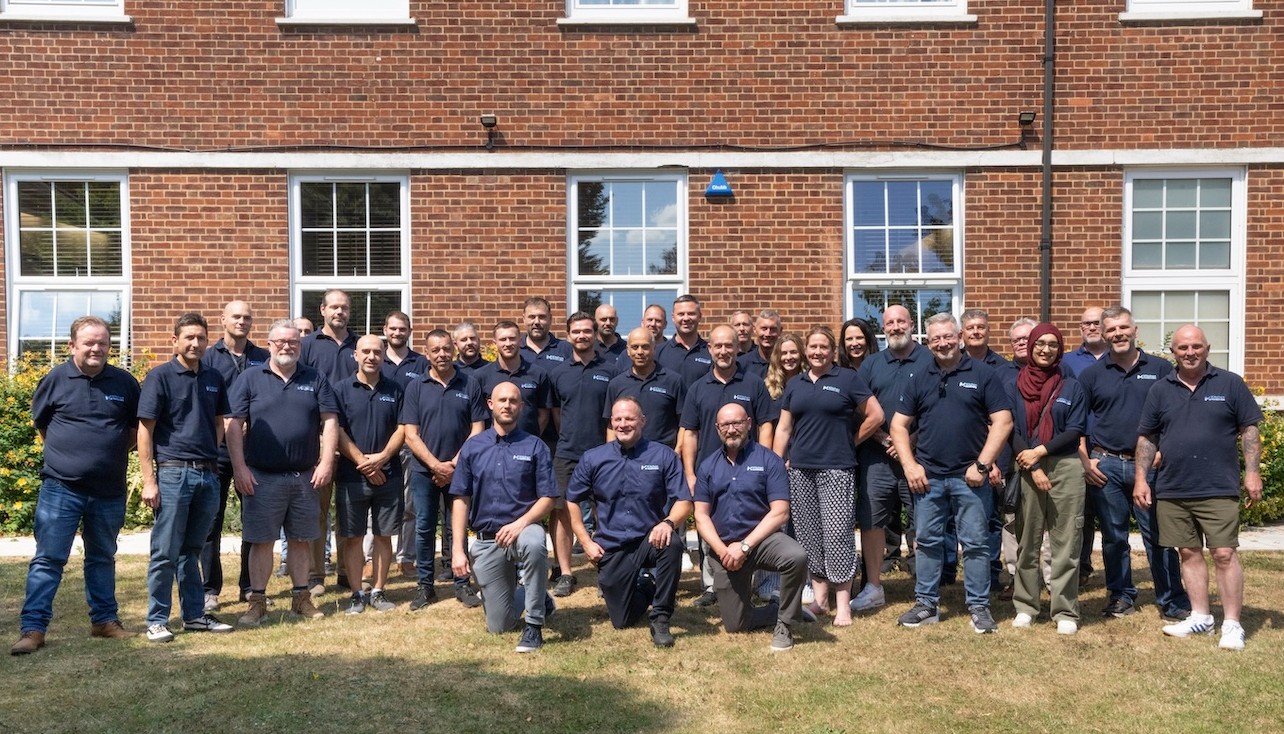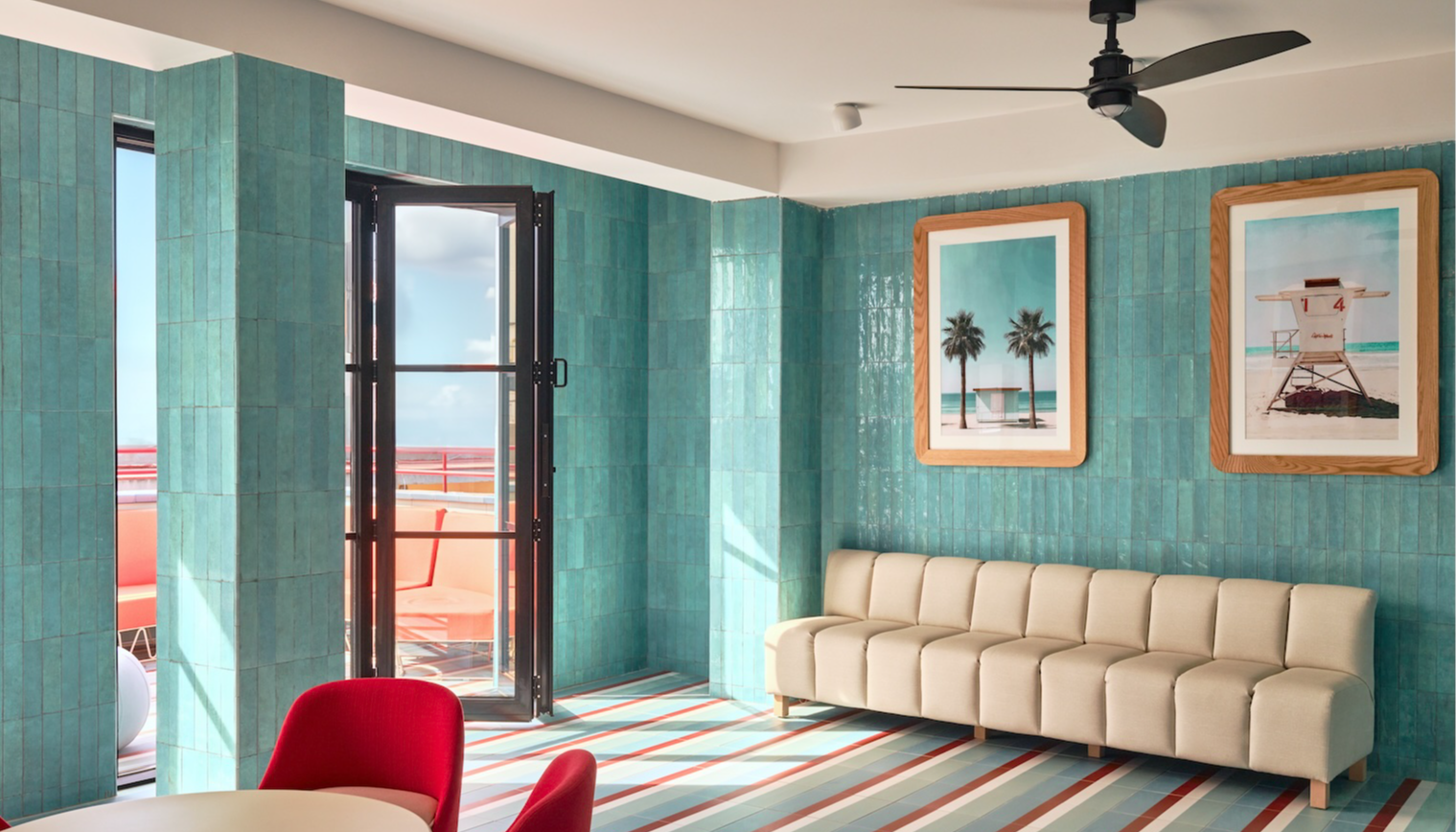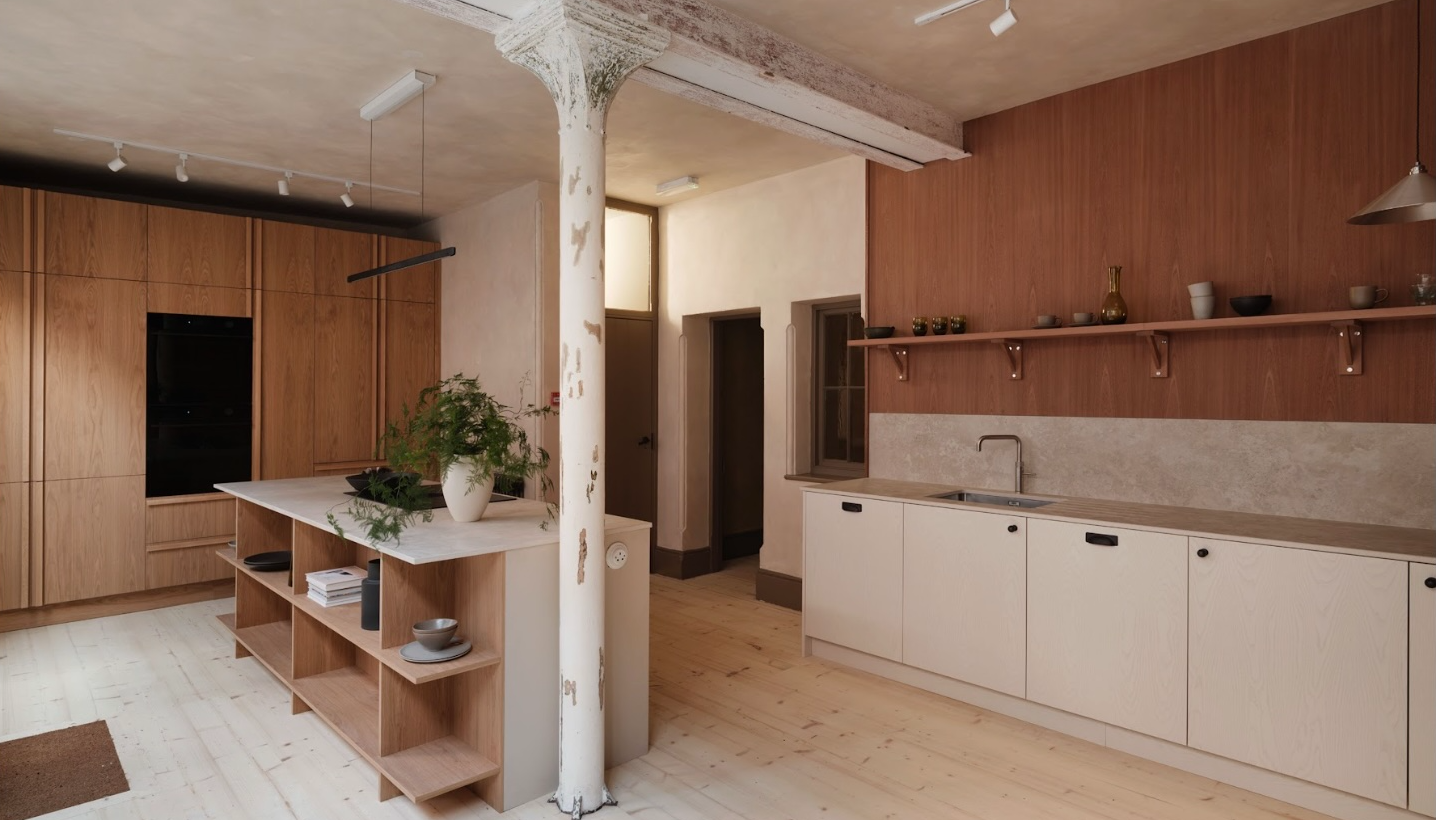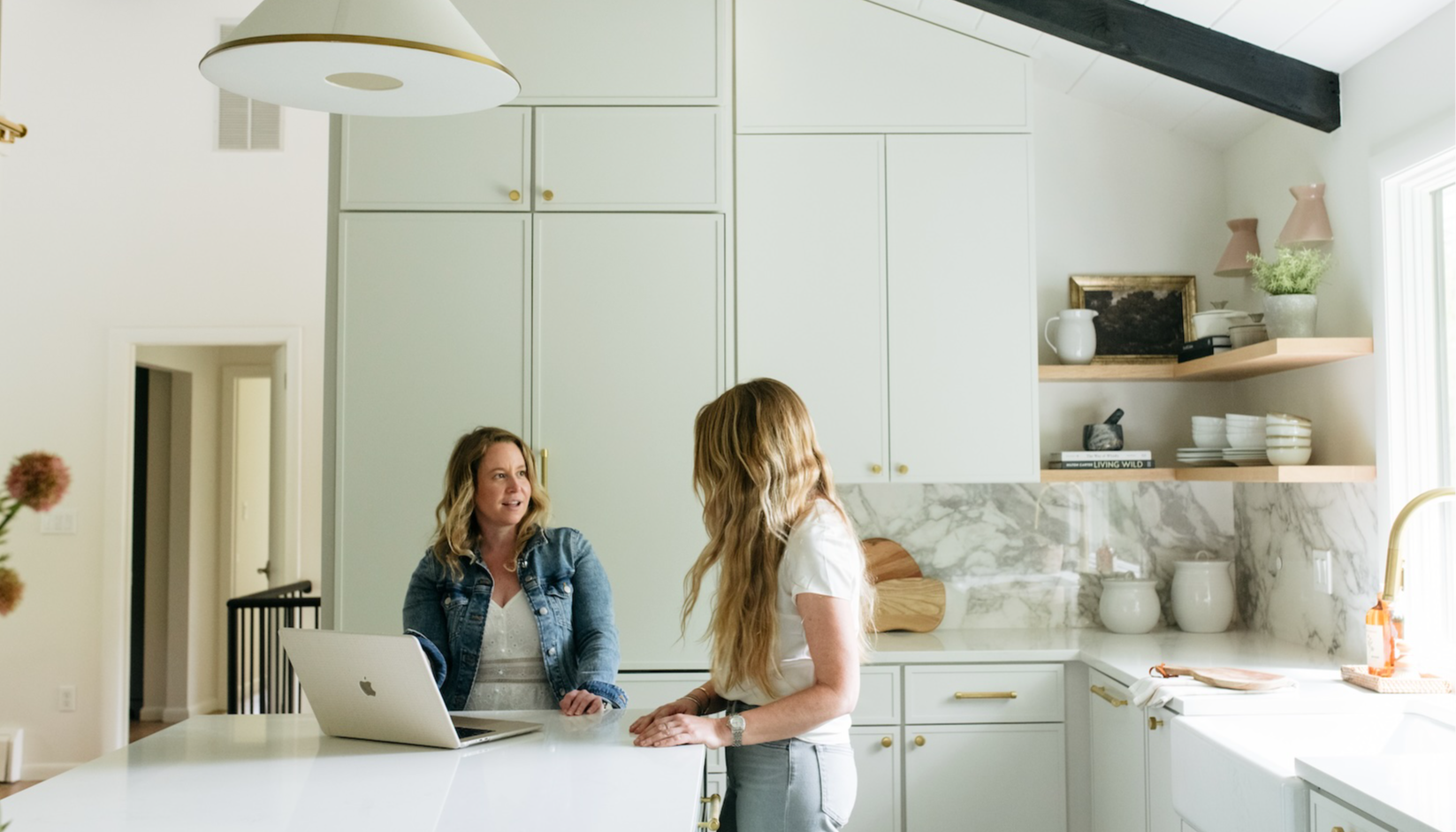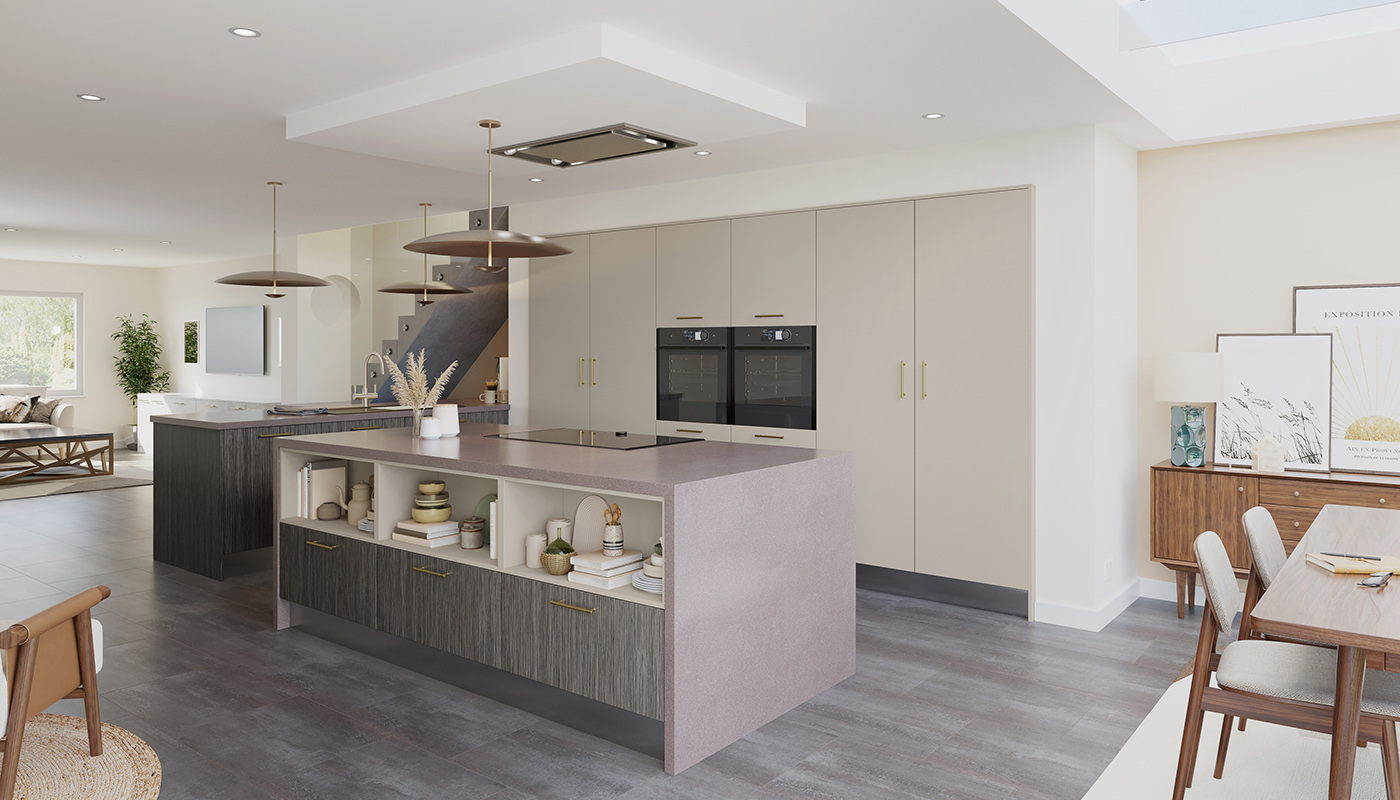Yvonne Orgill: We need more education to meet water efficiency targets
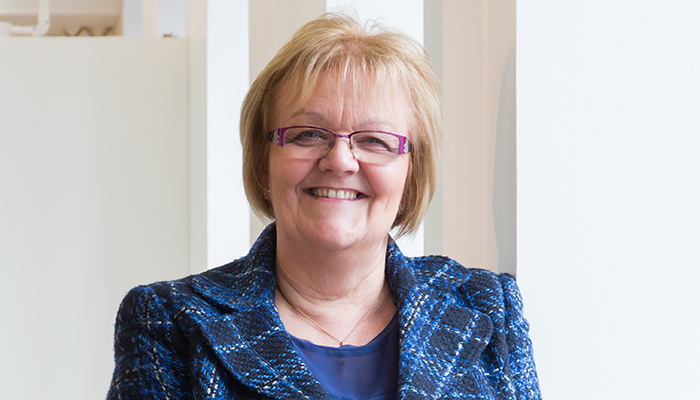
Yvonne Orgill: We need more education to meet water efficiency targets
UWLA MD Yvonne Orgill on why she believes we need more education to tackle a massive gap in understanding if Government targets on water efficiency are to be met – and that industry has a role to play.
"The Government is committed to delivering the UK’s 25-Year Environment Plan and the first period of public consultation is now underway on target setting. Within this there is a target for household water use of 110 litres per person per day. This is an ambitious target but the real issue is how many consumers understand what 110 litres of water looks like, or even know how much water they typically use in their daily shower? Until we can educate consumers on how much water they use in the home, and give them a means to measure and make choices then these targets are meaningless and will never be met.
"The Unified Water Label is a smart tool that does provide the consumer with the information required to make an informed choice. It has a clear colour coded system to show how much water and energy the product uses, with those products in the green zone using less than those in the red zone.
"If we want consumers to take on board the Government targets we must promote the use of the label so consumers can understand the impact their choices make and we can help them to become more water savvy. For example, a typical modern shower may be using 12 litres a minute, research shows that a typical showering time is 7 minutes; giving a total of 84 litres used by just the one shower. This is about 70% of the daily target, not leaving much for all the other washing/WC flushing that takes place on a typical day.
"If the industry comes together to provide more education and the consumer understands why water matters and what they can do, they could select a product that uses less. Choosing a shower that uses 10 litres a minute and spending less time in the shower, say 5 minutes, reduces that 84 litres to 50 litres, without any loss of performance from the product or experience of the shower.
"The Unified Water Label has invested in numerous communication programmes to share these facts with consumers, and help those in the supply chain do the same. We have information packs for retailers, installers and merchants. We have flyers, leaflets and social media posts all available to download and share from the UWLA website for free. We cannot do this alone and need the support of the industry to work with us.
"Thames Water has recently announced that it is to reward housebuilders, developers and specifiers who opt to install low-flow showers and other technologies that will help to save water, and others will do the same. We are working with these companies to encourage them to share the benefits of specifying Unified Water Label products. The Unified Water Label is the only scheme to provide a sound technical framework that ensures the product does not deliver more than stated on the label, making it ideal to be used in association with these kind of incentive programmes.
"We are making progress, the Unified Water Label is currently used extensively by over 10,500 architects on new building projects and supported by a database of products across 14 categories – over 13,500 individual products at this time. Global home furnishing brand IKEA, and leading German DIY retailer Globus both promote the Unified Water Label across their sustainable bathroom and kitchen products.
"If we are serious about helping Government reach these targets we must all work together to focus on promoting the label and educating the consumer to ensure that we can manage the pressure on our water supplies, matching supply and demand without damaging the environment."
Tags: insight, features, yvonne orgill, uwla, unified water label, bathrooms, kitchens





